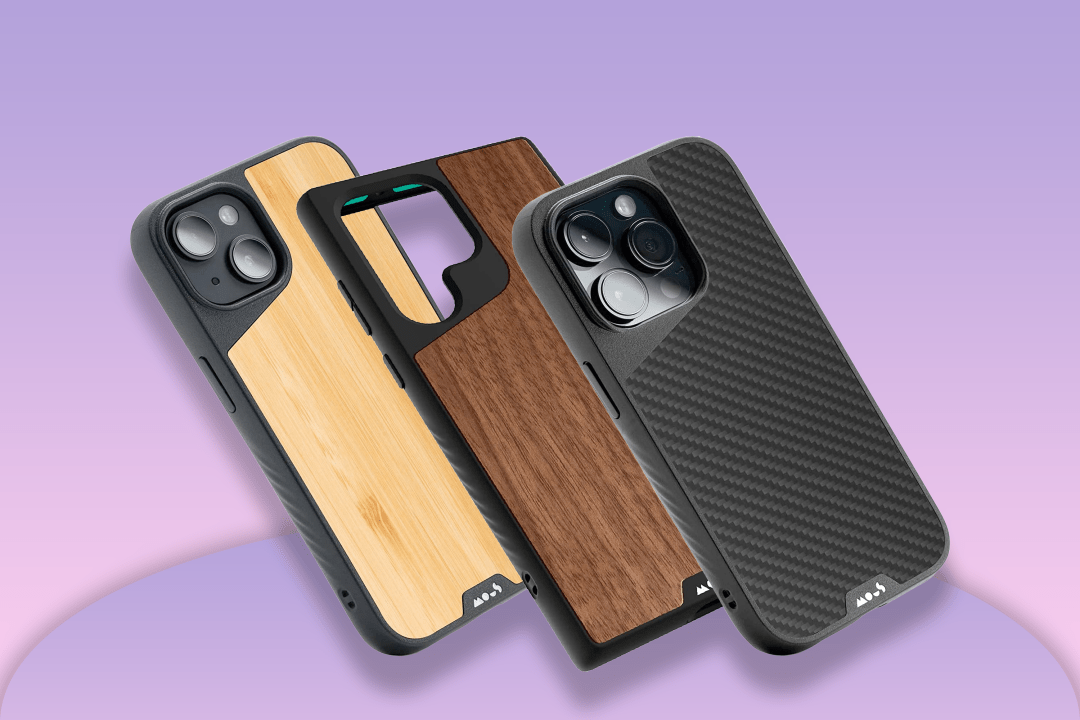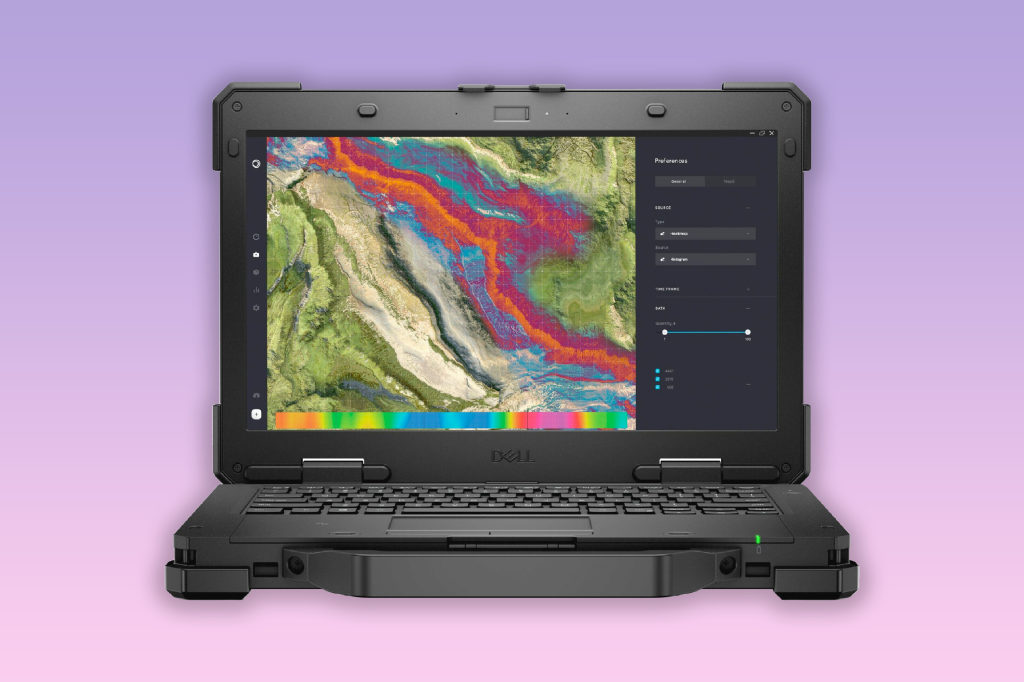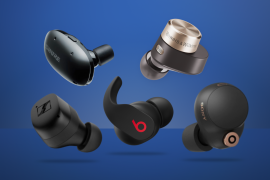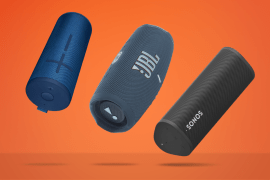IP67 vs IP68 – IP ratings explained: is your phone, watch or action camera waterproof?
IP ratings are appearing on more and more of our gadgets. What do they mean?

Any modern smartphone worth your attention should have a design that is water resistant to some degree – or it should if you’re spending more than entry-level money, anyway. That’s also the case for true wireless earphones that are designed with exercise in mind.
It makes a lot of sense. Electronics have never been particularly tolerant of getting wet. Protecting them from accidental squirts, splashes, and drops in the toilet is an essential step to keeping them in working order. But don’t start plonking your electronic devices into puddles thinking they’re fully waterproof. Smartphones, tablets, laptops and more all come with certain ratings.
Some will be able to withstand some accidental shower splashes, others will not. What does it all mean? Read our guide to find out.
What’s an IP rating?

There’s a system in place to quantify how well-protected your phone is from water. It’s defined by the International Electrotechnical Commission (IEC). It’s called Ingress Protection, and consists of the letters IP followed by two numbers. These run nicely from 00 to 69, and describe how tightly sealed the device is against solids and liquids.
You’ll no doubt have spotted that many new flagship phones have IP68 ratings. This means that the phones are protected totally from dust ingress – a 6 as the first number – and protected from immersion in liquid up to a specified pressure – the 8 as the second number. We’ve started to see tablets carry similar ratings, while smartwatches and fitness trackers are the most likely candidates to be fully protected against submersion – or they are if they can record swimming workouts.
These ratings are important not just because they give manufacturers another box to tick and a new feature to compete with their rivals over, but because they give you an idea of what you can do with your phone or other gadget before it conks out. You’ll be safer using your phone in the pool if it has a high IP rating, and the same goes for earbuds you might sweat all over while exercising.
Waterproof ratings: what are they good for?
Liquid protection ratings, the second digit in the IP number, go up to 9. 0 means no protection, a 1 protects against condensation, a 2 means it will block water spray less than 15 degrees from vertical, and a 3 changes this to less than 60 degrees from vertical. A 4 protects against spray from any direction, and a 5 ups the ante to low pressure water jets from any direction. Level 6 is for powerful water jets, and there’s a 6K rating that increases the pressure.
A rating of 7 means it’s protected if you immerse your gadget in water between 15 centimetres and a metre in depth for 30 minutes, and an 8 drops that depth to a metre or more, but the immersion time is set in agreement with the manufacturer. Fishing your phone out of the pool or bath needn’t be the end of your device if it’s got a rating like this.
Level 9 is actually 9K, which offers protection against close-range high-pressure (up to 100 bar), high-temperature (80C) spray downs and steam-jet cleaning. There are further supplementary letters in the system too, but none has yet appeared on a phone. F means it’s oil resistant, H is for high voltage, M means it was moved around during the water test, while an S means it was stationary, and W means it’s been tested in various weather conditions.
Keep dust at bay
It’s not just water you need to worry about. It’s dust too, as getting grit inside your expensive electronics isn’t going to do them any good, especially if it gets under a touchscreen. The IP rating for dust ranges from 0-6. A 6 is the highest you’ll see for the first digit. That means your gadget will be effective at keeping dust out. A 5 rating here means limited dust protection, and the dust must not enter in sufficient quantity to interfere with the safe operation of the equipment.
A 4 means tools and wires larger than 1mm are blocked, a 3 raises that to 2.5mm, a 2 raises that all the way to 12mm and basically means you can’t get your fingers inside, a 1 covers your whole hand, and a 0 means there’s no protection whatsoever and you could get an elephant or double-decker bus through.
Tough as nails

While we have yet to see a smartphone that can be steam-cleaned in a thunderstorm, we do see laptops that are much tougher. United States Military Standard, shortened to MIL-STD or MIL-SPEC is a standardisation initiative from the US Department of Defense for the way items should be built to survive life in the military. Buying a product that boasts of MIL-SPEC construction doesn’t mean it can be run over by a tank, just that it has followed the guidelines.
Dell, whose Latitude Rugged 7330 is pictured above, and Panasonic make a lot of tough products, such as the Toughbook laptops and phones, for example the Toughbook N1 Tactical Android phone, which claims to be both IP66 and IP68, as well as hitting the MIL-STD-810 standard, which tests for compliance with sand and dust, fungus, rain, low and high temperatures, gunfire shock and a whole list of environmental hazards.
These ratings give an idea of what your phone or other gadget can survive without becoming non-functional, but overall there’s just one rule that it’s best to follow if you value your electronics: don’t drop them in the toilet.



